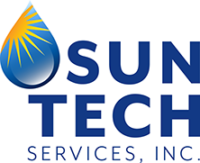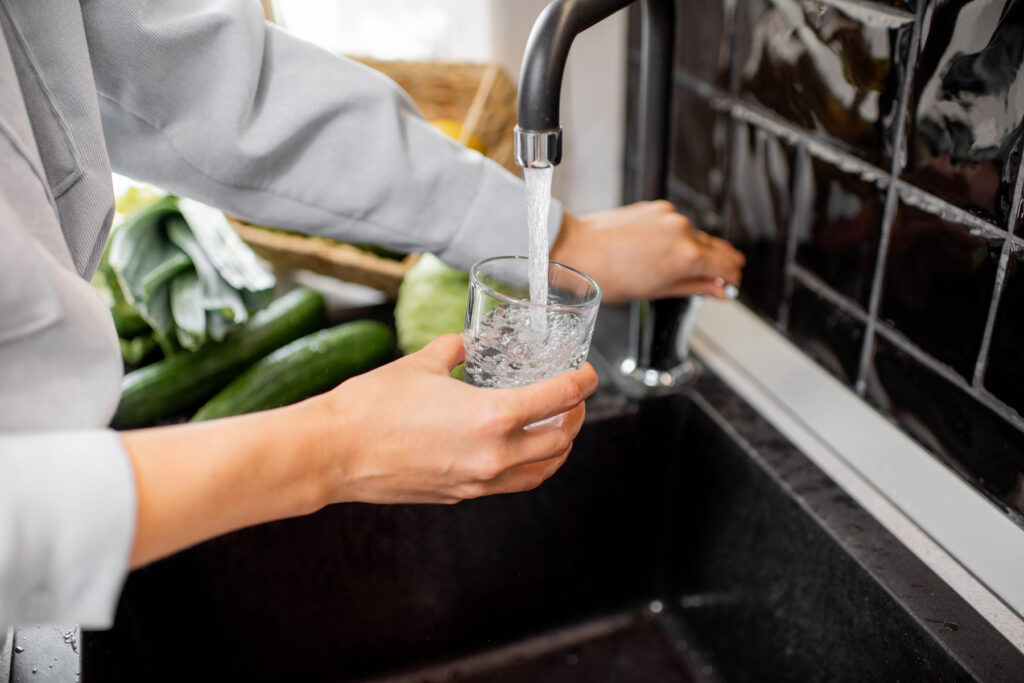Water treatment and purification are essential to our survival and the flourishing of communities around the world. Early civilizations that didn’t have access to fresh water didn’t get very far. They had to devise ways to access water to keep their communities prospering or lead a nomadic life that followed water sources and food sources. Today, innovations for clean water continue to develop and advance, improving people’s drinking water and making it more accessible across the world.
Over the centuries, people have invented various processes for cleaning their drinking water. People have used different methods throughout time, each one more efficient or convenient than the last.
Water Treatment Over the Centuries
Over the centuries, water purification and water treatment technologies have contributed to the eradication of diseases and the ability to live in crowded cities without fear of contaminated water sources. Even in the 21st century, access to effective water treatment technologies is necessary across the world—some countries are still struggling to provide healthy water for their population. Nearly 800 million people lack basic access to clean water. Some of the countries that struggle most include Ethiopia, Papua New Guinea, the Republic of Chad, Uganda, Somalia, and even parts of Pakistan.
Here at home, the United States offers residents fairly good access to clean drinking water. It didn’t happen overnight. In 1900, typhoid fever was a serious problem in the country as many succumbed to the disease every year. As clean water systems began to operate, the cases dropped considerably. Improving water quality was one of the most significant technological achievements of the 20th century. From early sand filtration efforts to the understanding of organisms in water to membrane technology, the journey of clean water has involved many great minds and some trial and error.
Water Purification of the Past
Many technologies that helped with the development of water purification might seem rudimentary today, but made quite the difference in their time.
Clay ceramic filters: Put simply, a clay filter involves clay that has small holes big enough to allow water molecules, but too small for bacteria and dirt. Clay filters were used to purify sewage water from the Thames River in England.
Super sand: The purification of water with sand and gravel was not a novel idea. It had been used for many years, but in 19th century London, there had not yet been a full-fledged filter. The technology worked well, so it helped the city clean up its river water and more.
Water Filtration Technologies Making an Impact
Water treatment studies have never really ceased. Scientists all over the world are always looking for easier, more convenient, and less expensive ways to achieve clean drinking water. This is especially true because many countries around the world still struggle in providing their population with this necessity. So the attempt to find better and more inexpensive ways is a worldwide concern.
Membrane Filtration Technology
This refers to high-pressure and low-pressure systems. Both use the same concept but work a little differently.
Low-pressure membrane filtration: This technology began in the 1980s, as several research entities set out to study how this process would fare in municipal surface water treatment. Low-pressure membranes had been used in food-processing plants for disinfecting purposes. The research showed that water treated under this process was of better quality than that produced by conventional plants. The advantages of this method over traditional methods like chlorination include the use of fewer chemicals and a reduced footprint. It is also more effective at pathogen reduction. The process is not free from complications. Because of its structure, low-pressure membranes are ineffective in removing dissolved organic matter.
High-pressure membrane filtration: This is referring to many nanofiltration and reverse osmosis membranes. These membranes operate at higher pressures at 75 to 150 psi. They can be used for water softening pretty successfully as they achieve 90 percent rejection of ions such as magnesium and calcium. Nanofiltration processes use the porous membrane and varying pressures to separate molecules and multivalent ions. The process removes pollutants and softens water.
Each of these filtration systems has its own advantages for specific types of waste removal. So often these two technologies are combined together to form a two membrane system.
UV Light Radiation
UV light has a germicidal element that is used in various applications. It is applied to many HVAC systems, for example, UV lights are used in central air conditioning units as a form of disinfecting the air and keeping that air in circulation bacteria-free. The light actually disrupts the DNA of the microorganisms, stopping them in their tracks! When a bacteria cannot reproduce, then it is no longer viable. About 500 water drinking facilities in the United States employ this technology, but this technology is only used in small-scale groundwater systems and has not yet been adopted in large-scale water treatment plants.
For Water Treatment, Contact Sun Tech Services
Sun Tech Services provides water treatment services for residential and commercial purposes. Our mission is always to provide the high-quality water that every person deserves. Because of our mission, we are always out there looking at advancing methods and technologies.
For information on water purification and water treatment services contact Sun Tech Services today.

